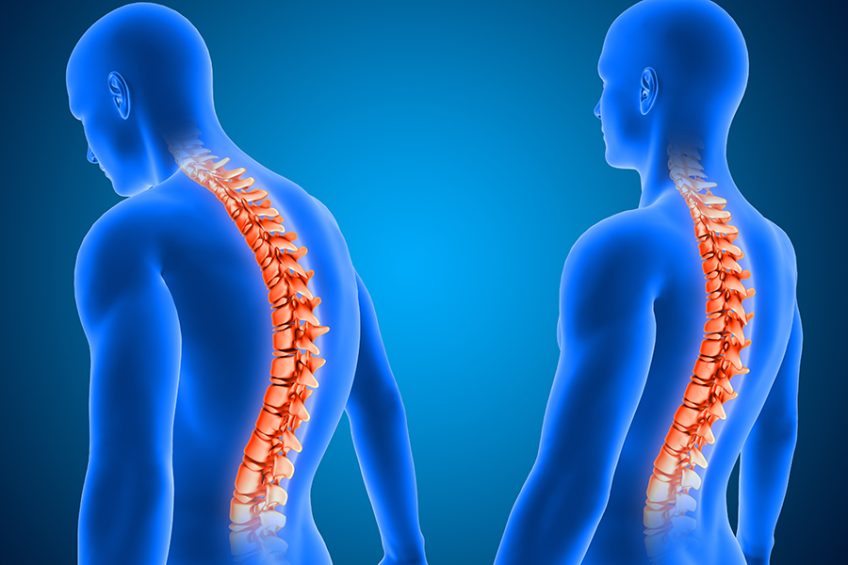From a young age we must pay attention to the condition of the spine in order to maintain our health throughout life. A careless body posture, a position that is too bent, too loose or twisted, unnatural, forces the muscles and ligaments to keep the body in balance.
This can lead to fatigue, back, muscle, hand or foot pain, headache, dizziness, sleep disturbance, anxiety, decreased memory and concentration, irritability, peripheral circulation disorder, spinal deformity.
Most people do not even realize how much their general health depends on the normal function of the spine. In addition to protecting the spinal cord, the spine plays two other major roles in balance and body mobility, which gives it a special importance in the functioning of the musculoskeletal system:
- Static function, supporting the body and upper segments.
- Dynamic function, ensuring the mobility of the trunk, head and neck.
CONTENT:
- Spinal deviations
- Checking and maintaining the correct position
- The test of the wall
- Checking and maintaining the correct sitting position
Spinal deviations
The attitude of the spine is greatly influenced by the age, sex, profession and fatigue of the subject.
The deviations are numerous:
- Predisposing (morphological type, sex, immaturity)
- Favoring (living and working conditions, hearing defects, vision, chronic diseases, surgeries, etc.)
- Determinants (congenital malformations, traumas, diseases)
In the anterior-posterior plane they can be of the type:
- Kyphotic
- Lordotic
- Cifo-lordotic
- Scoliotic (lateral)
Checking and maintaining the correct position
When standing, don’t forget:
- Stretch your back
- Pull the chest forward
- Put your shoulders back, relax
- Strengthens the abdomen and buttocks
- Keep your feet in a parallel position
- Distribute body weight evenly on both legs
- Make sure your knees are relaxed, not locked
- Keep your head straight, looking forward
The test of the wall
To test your posture in the sitting position, we recommend this exercise: stick your back against a wall so that you feel your head, shoulders and buttocks touch the wall. The heels should remain at a distance of 5-10 cm from the base of the wall. Insert a hand, palm facing the wall into the empty space corresponding to the lumbar curvature.
Ideally, you should feel the thickness of your hand in the space between the wall and the back. If there is too much space, strengthen the abdominal muscles to flatten the lumbar curvature.
If the space is too small, arch your back so that your hand has a comfortable space between you and the wall. Move away from the wall and try to maintain the same posture even during daily activities.
Checking and maintaining the correct sitting position
When sitting down, don’t forget:
- Choose a chair that allows you to keep both feet on the floor, while your knees remain level with your hips; if necessary, support your feet on a support or podium.
- Keep your back supported by the back of the chair; if necessary, place a small pillow or rolled towel in the lower back.
- Stretch the tip of your head toward the ceiling and pull your chin back slightly.
- Keep your back and neck straight in a comfortable way to have a correct body posture.
- Keep your shoulders relaxed and straight – do not lift, arch forward or push back.


